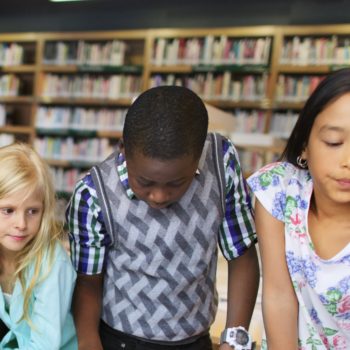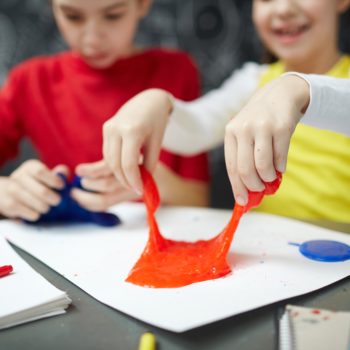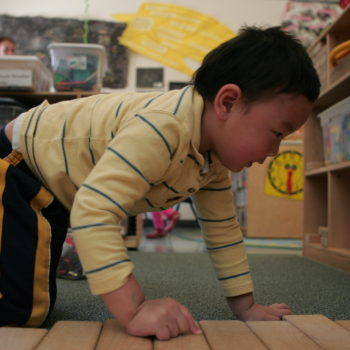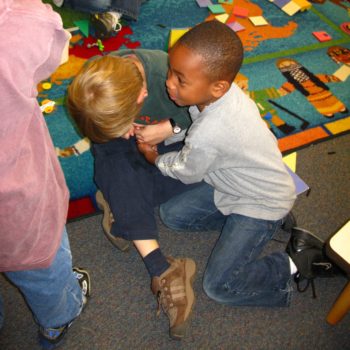How did the Environmental Rating Scales evolve? The family of Environment Rating Scales (ECERS, ITERS, FCCERS, & SACERS) initially grew out of my many years of experience teaching in different types of Early Childhood Education
Let's Talk Quality!
Program Quality Assessment in PA
ECERS-3
It’s a Small World After All: Multicultural Education in the Early Childhood Classroom
by pqaadmin on
Leah Zabari In today’s diverse communities, it is becoming more important for teachers to integrate diversity into the early childhood classroom. Awareness of the world around us begins as young children start to recognize colors,
By Natalie Grebe As a program quality assessor, I have the opportunity to observe some stellar vignettes in classrooms that highlight developmentally appropriate practices. During one of my visits, I was busy circulating among the
Regina Wright Ingredients: A popsicle stick for each child 2 two-inch celery stalks per child 2 tablespoons of peanut butter per child (substitutions for food allergies can include hummus and cheese spreads) A small child
By Stefanie Camoni What if there was a way to lower the number of challenging behaviors in your classroom? Would you believe it? The Center on the Social and Emotional Foundations for Early Learning (CSEFEL)
Books in Motion: Connecting Preschoolers with Books through Art, Games, Movement, Music, Playacting and Props Angel L. Avery-Wright I had the pleasure of attending the “Books in Motion” and “Non-Fiction in Motion” sessions with Julie
Amy Hoffman The National Association for the Education of Young Children (NAEYC) created a Code of Ethical Conduct to help early childhood educators understand their ethical responsibilities to children, families, coworkers, and the community. The
Erin DelRegno Circle time in many classrooms still looks like this: calendar (month, year, counting the days) and days of the week. Time concepts, however, are abstract to children. They can’t see them, so they
1 2 3 4
Page 1 of 4





